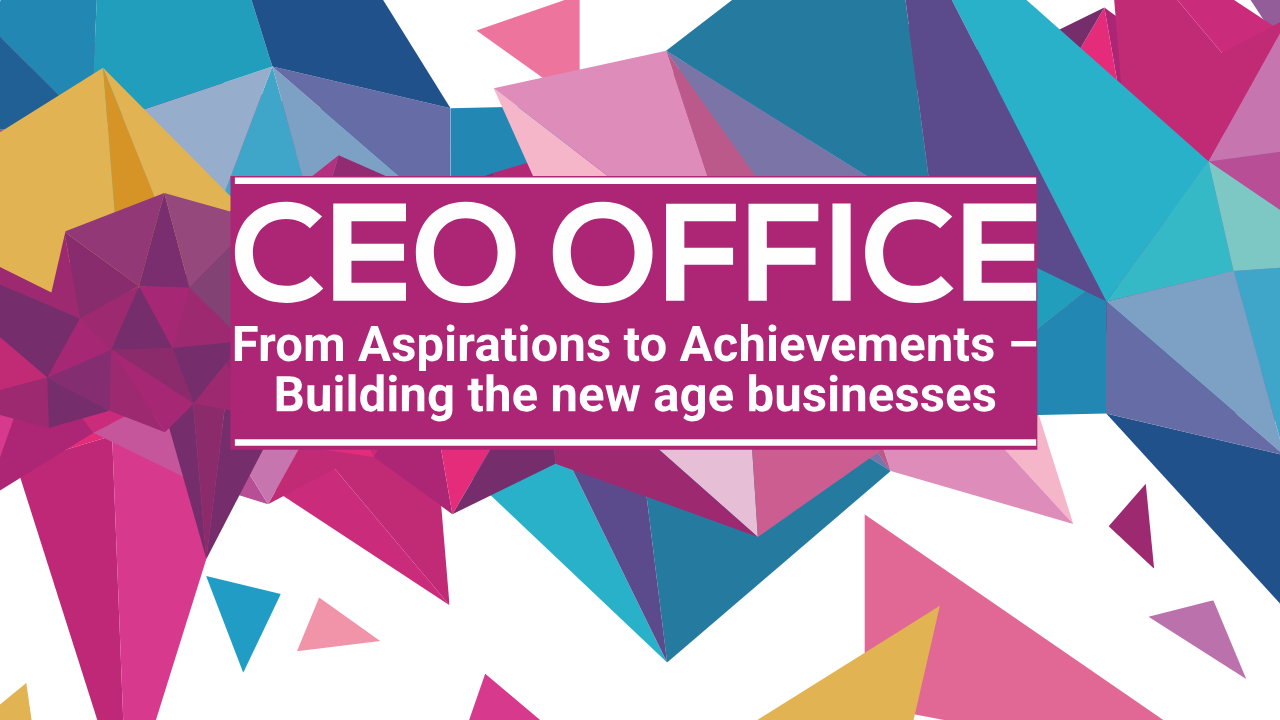
How TransGanization’s CEO Office Leverages Human Response for Sustainable Transformation


In the fast-evolving world of Indian business, change is inevitable. Yet, resistance to change is one of the most common and misunderstood challenges that small and medium enterprises (SMEs) face. Often seen as a roadblock, resistance is actually a powerful feedback mechanism—a signpost pointing toward what needs attention. At TransGanization, our CEO Office recognizes this deeply human response not as a threat, but as a tool to craft more inclusive, realistic, and sustainable transformations.
Instead of suppressing resistance, we harness it. Through structured human resource management practices, empathetic engagement, and co-creation models, we help businesses turn internal opposition into organizational strength.
Resistance isn’t stubbornness. It is often a reaction to:
At TransGanization, we treat these concerns as valid, not dismissible. This perspective forms the foundation of our change management philosophy.
We initiate every transformation journey with structured dialogues, anonymous surveys, and one-on-one interviews. These are not just HR exercises—they are strategic tools rooted in modern human resource management. By truly listening to what people fear, value, or misunderstand, we identify early warning signs and prevent implementation failures.
Case Example: In a family-run manufacturing firm in Aurangabad, resistance to automation was strong. Instead of pushing tech mandates, we facilitated a discussion forum. Workers shared their concerns about job security. The result? We co-designed a reskilling plan that made workers feel empowered, not replaced.
We identify vocal skeptics and bring them into the core design team. Their role isn’t to conform but to critique. This turns their energy into a constructive force.
Case Example: A mid-sized IT company in Pune faced pushback from project managers when shifting to Agile. By bringing two skeptical managers into the transformation design, we surfaced blind spots in the roll-out. Their inclusion improved the final model—and converted them into champions.
A big reason for resistance is poor communication. Through our CEO Office, we craft compelling internal narratives that align with employees’ aspirations. This is an HRM-led approach—one that humanizes strategy.
Case Example: A retail brand in Surat was expanding rapidly, leading to role confusion. We helped the leadership redefine their vision with clear messaging, connecting it to personal growth for employees. Morale improved and attrition dropped by 22% in 9 months.
We use skeptics as “design testers.” Their questions expose risks, ambiguities, or misalignments that might otherwise go unnoticed.
This approach is integrated into our HRM practices, using talent intelligence to identify influential dissenters and channel their energy constructively.
Often, resisters are deeply invested individuals who care. Once they see the value of the change, they become its strongest advocates. We mentor them as internal change agents.
Human resource management is not just about payroll or compliance; it’s about people strategy. At TransGanization, HRM is the backbone of our transformation model. It helps us:
By embedding change strategy into HRM systems, we ensure that the change is not superficial but cultural and behavioral.
TransGanization’s CEO Office doesn’t see resistance as a sign of failure. We see it as untapped energy—the emotional fuel that can drive meaningful, lasting change.
By blending structured human resource management with empathetic leadership and real-time feedback, we help Indian SMEs move from chaos to coherence, from doubt to direction.
So, if your organization is experiencing resistance during change, pause. Don’t push back. Listen, engage, and partner with it. Because inside that resistance lies the blueprint for your most authentic transformation.
Are you facing resistance to change in your business? Let’s talk about how we can turn it into your greatest strength.
Please fill up the form